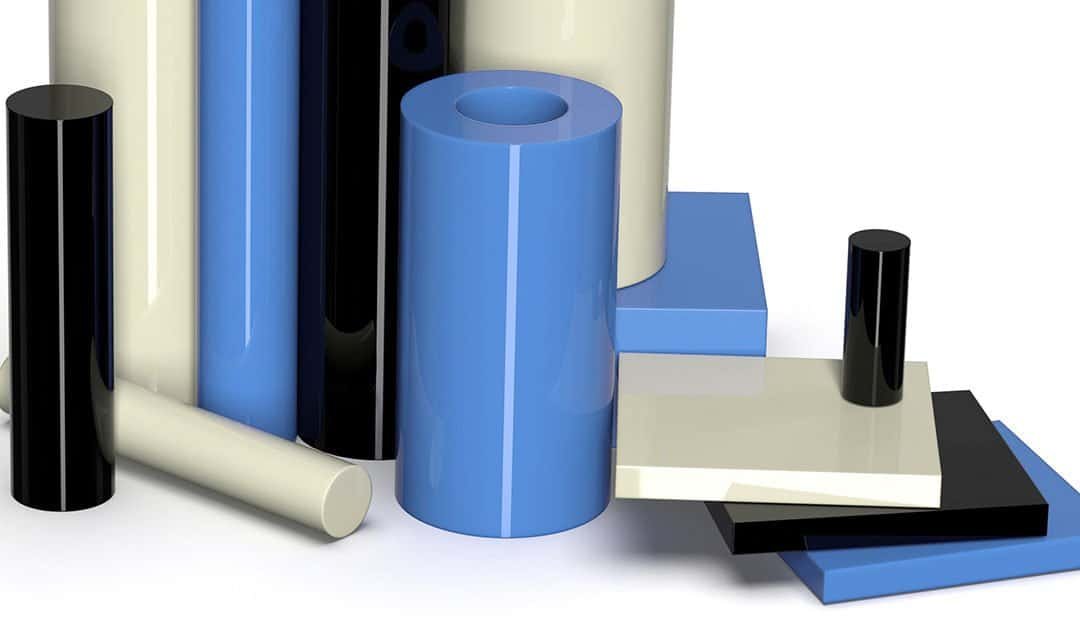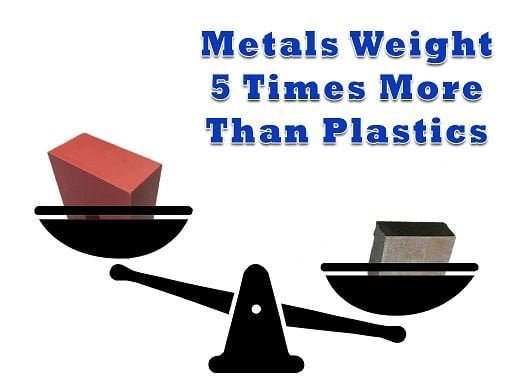
Performance Plastic Vs Single Use Plastic
What is a Performance Plastic?
The quick answer is: the opposite of single use plastic.
Performance plastics are a wide range of materials that are designed for use in mechanical, engineering, aerospace, food processing, and many other applications. These performance plastic materials generally have superior physical properties, and frequently are used to replace other materials like metals, wood and glass.
Most performance plastic sheets and rods are machinable, and can be used to replace other substrates that can not stand up to the same demanding applications that these performance plastics can. Performance plastics are the natural choice when considering replacement for traditional materials, such as bronze, stainless steel, glass, wood and copper, for not just one reason but rather a combination of features and benefits.
Nearly all Performance Plastic grades can be recycled.
Because of their cost-effectiveness as well as their reliability, durability, and special characteristics like resistance to chemicals and corrosion the high performance plastic materials are steadily replacing metals in the oil and gas industry. The constant development of new and better high performance plastics is therefore closely linked to the development and economic production of the range of available performance plastic materials. High performance plastics can be divided in amorphous and semi-crystalline polymers, just like all polymers.
Performance Plastics properties | Single Use Plastic properties |
|---|---|
| Long life – up to 50 years of service | Very short, often instant throw away |
| Wear Resistance | Very cheap |
| Self Lubricating | Little to no physical properties |
| High Heat Resistance | Very low melting point |
| Machinable | Very light weight |
| Can be Very UV Resistant | Deteriorates quickly |
| Very Long Life | Extremely short life |
| Tough and Durable | Considered disposable |
| Very High Impact Strength | Flimsy, low value |
Why use a Performance Plastic?
Performance plastics are designed for repeated or multi-use applications and generate a smaller carbon footprint than glass, steel, or wood. High performance plastics are plastics that can perform well under extreme environments. Because most performance plastics are considered ‘self lubricating’, these materials can be made into parts that replace metals, and don’t require the continual maintenance and lubrication that metals require.
Over the past few decades Mechanical Plastics have increasingly replaced metals due to their strength-to-weight ratios, and resistance to wear have surpassed aluminum and steel, respectively. When certain additives are blended with thermoplastic polymers, this performance plastic can meet code and compliance requirements for smoke, flammability, and even toxic gas release. Several high end performance plastics can meet the stringent FM-4910 flame and smoke rating.
Performance Plastic materials are not ‘cheap’
As opposed to ‘single use’ plastics, the performance plastic materials are not inexpensive or ‘throw away’. Rather these high performance materials are designed for specific applications, and out perform most other substrates. Other characteristics of high performance plastics can be extraordinary resistance to wear and tear, high purity or particular electrical insulation. High performance plastics are plastics that can perform well under extreme circumstances. High performance plastics are best known for their temperature, chemical and wear resistance.
Performance Plastics offers high performance plastics for high performance applications, at economical prices, made by quality American made engineering plastics manufacturers. High-performance plastics are formulated to operate under extreme chemical, high temperature and heavy load applications or any combination of these. Most performance plastics are used where the highest demands are placed on thermal or chemical resistance, product mechanics, or on the self-lubrication of products. Several of our key North American suppliers are: Ensinger Plastics, Rochling Plastics, Z/L Engineering Plastics, Simona-America, Plaskolite, and many more.
There are many materials that are considered high performance plastic. Several of the better known and popular materials include: Nylon (Type 6, Type 6/6, Type 6/12), Acetal (both Acetal Copolymer and Acetal Homopolymer), Polysulfone, PTFE, Radel R5500, Ultem (Ultem 1000 and Ultem 2300) and PEEK (Victrex 450g), and many more. Each of these materials have their own unique set of physical properties as well as strengths and weaknesses. Please review the data sheets for each of these materials, and then contact us with any questions you may have on suitability for your applications.
In the performance plastic market, one size does not fit all. With over 50 high performance plastics, each with its own physical properties, several materials may be proper choices for your performance plastic requirement. Please feel free to call one of our certified and trained customer service personnel for assistance in choosing the best performance plastic for your application.
